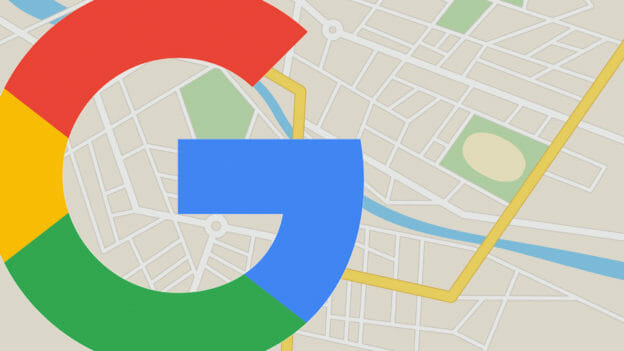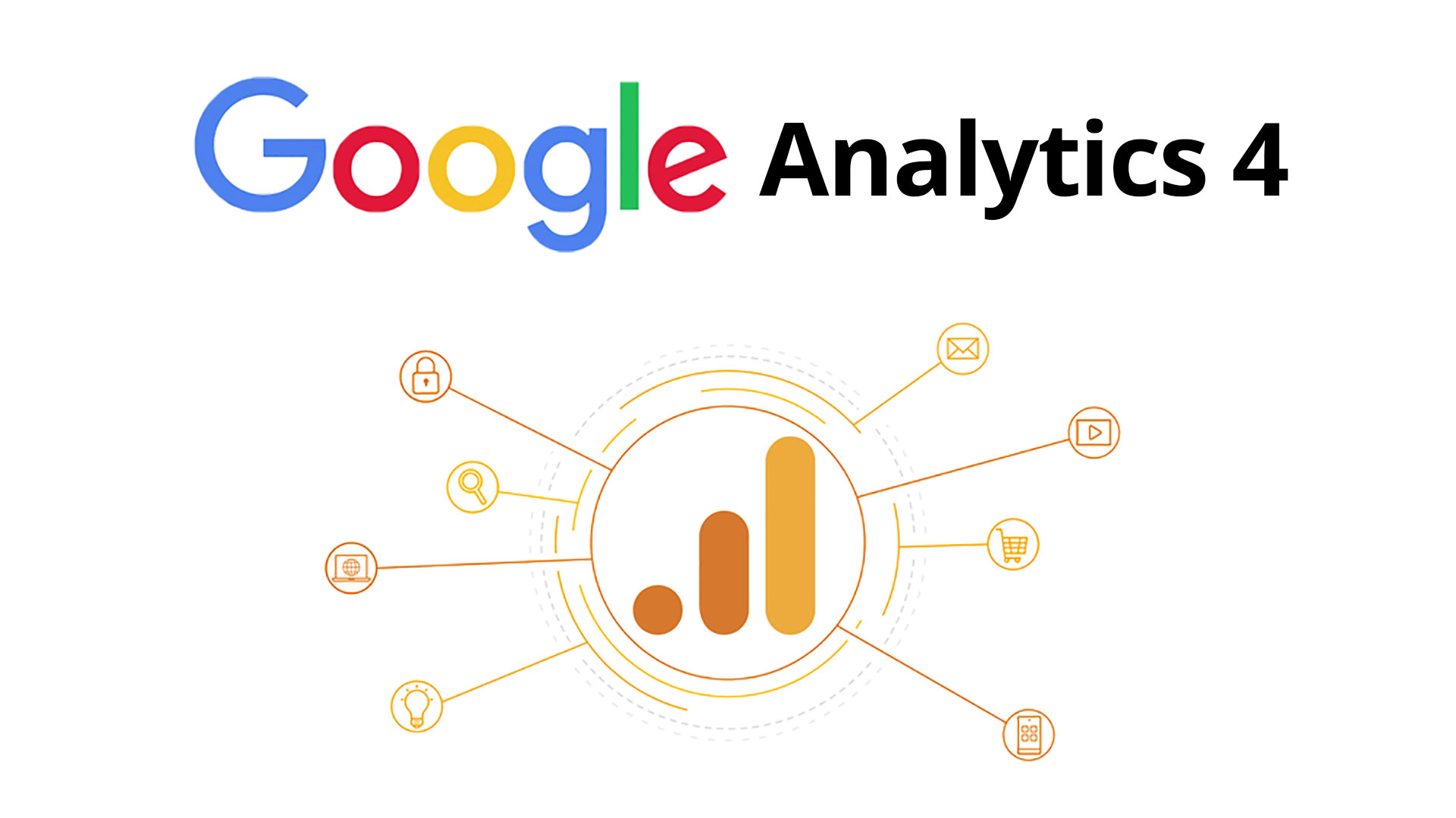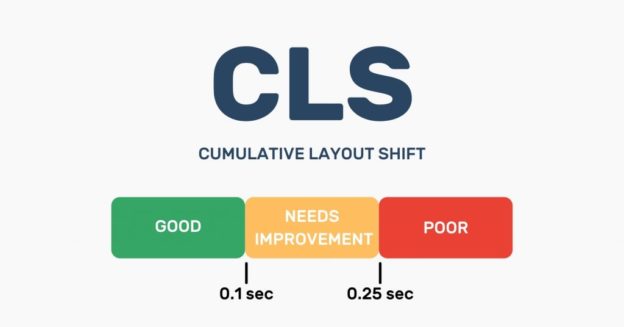Discover one of the simplest and most affordable SEO services available now: Google local optimization with Local Business Cards
In 2019, about 50% of the 67,000 search queries made on Google Search are local searches.
Today, Google offers a fleet of help and often free tools under their Google My Business suite of strategies.
So, first, make sure your business is represented with its own Google My Business page.
Once that’s established, let’s look at other features Google offers you, a s a local entity to stand out.
How can your business tap into this user base, attract, and convert them into raving, paying customers to grow your business? And what does Google local optimization, local business cards, or Google My Business have to do with anything?
Let’s do a little experiment.
Open a new tab in your browser. Type “green tea in Houston” in the search box. What do you see in the Search Engine Results Page (SERPs)?
Anything like this?
Google My Business in action on top of search results
Notice the first result is a spice store. If you are looking for coffee and baked goods, you’d choose the second or third ones, right?
So, let’s pick Palm & Boy Coffee and Acai. Click on the name once.
This comes up:
Inside Google My Business—the top Google local business card
Now, in the middle column, can you spot the following by scrolling down?
Google My Business reviews
And then this:
The last of the local business cards in a GMB listing
If you search for a business online, like 60% of consumers did in 2018, you may see this too:
Google knowledge panel directly in search results
The above series of screen shots demonstrate the cluster of features that make up Local Business Cards. Google calls all of it Google Posts and is yet another form of affordable SEO.
What is a Local Business Card?
A Google Business Card is a search result feature that displays a host of critical information about a local business.
The information typically displays on the right-hand side of search results. It is essentially what a search engine user needs to know about your business such as:
- Your location on Google Maps, and directions
- Official business website link
- Type of business
- Star rating
- Contacts and address
- Open hours
- Relevant images
Even more critical, a local business card will help persuade (or deter) a potential customer through Google Reviews, busiest hours, and the competition’s appeal (as highlighted under “People also search for” section).
Instead of clamoring for overwhelming and expensive SEO techniques right out the gate, you can start by claiming your GMB listing. Then learn how to optimize your Google My Business Account.
How to optimize your local business cards?
Here’s how to improve and take advantage of Google Local Business Cards in the simplest, most actionable way so you can start immediately.
- Claim your GMB listing
Getting on GMB will almost instantly have your business feature in Local Finder, Local Pack, and Google Maps. You can link the listing to your business website.
You will also show you are a real business, in a specific location, and are open for business to boost your local and affordable SEO service.
- Fill all the information in
From your business name to type of business to upcoming events/promotions, to open hours, give searchers the information they need to get to you
- Use your niche keywords in your 300-word description.
Google only shows the first 100 characters on first glance so make those count.
Amplify what you offer without copy-pasting your menu (if you are an eatery). For example, highlight attributes such as free WI-FI, a vegan diet, and home delivery.
Don’t overuse keywords, too.
- Activate most relevant CTA
You’ll have several calls-to-action prompts to choose from such as read more, get, and buy. Use one that suits precisely what you want searchers to do after seeing the listing.
- Enable and solicit Google reviews.
And regularly respond to reviews whether positive or negative to show potential customers you care. Remember
Remember over 85% of people trust online reviews more than the would the word of a friend or a personal recommendation.
- Activate Click-to-Message
The feature allows consumers to easily text your business so you can connect more and convert them to buyers.
- Verify your GMB Listing
Log in to your GMB account. Select the business to verify. Choose verification method. Follow the prompts.
- Add striking images
Use sharp, 750 by 750 images or 30-seconds video on your listing to give a visual highlight of exactly what you offer. Show out your exterior, interior, team, the team at work. Ensure they accentuate the mood you want customers to know you for.
- Use Posts
Regularly post upcoming events such as promotions, karaoke, team building, and competitions to keep your listing fresh and buzzy. Each post lasts up to just 10 days.
With just these nine local business card optimization tips, you can start seeing increased exposure online whether you are big or small business with a limited SEO marketing budget. Try it and see. Will you?























